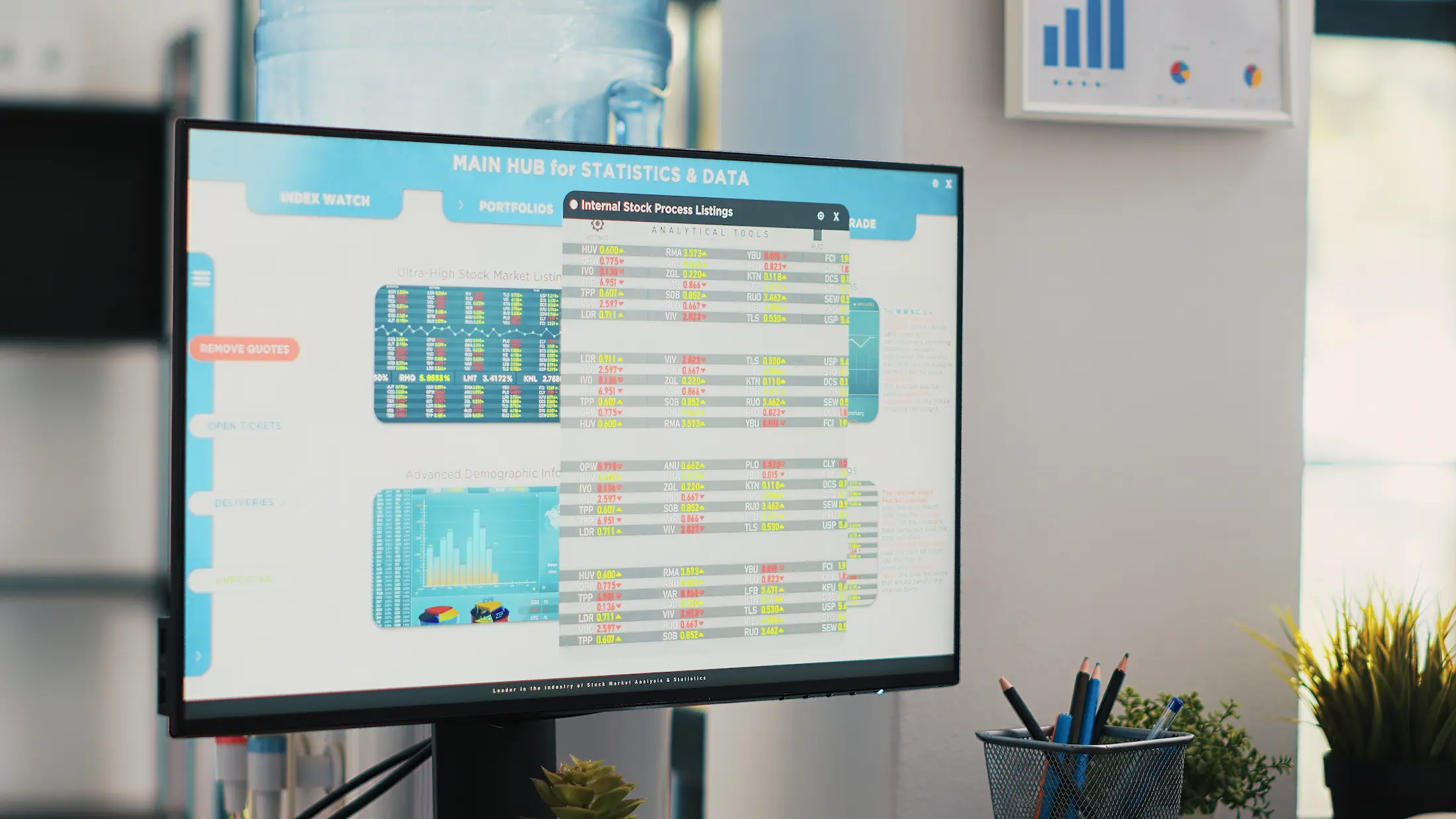Prendre les bonnes décisions, dès les premiers kilowatts
In a context of accelerated energy transition, energy performance is no longer an option, but a necessity. Companies, local authorities and technical building operators are faced with a dual challenge: to reduce their energy consumption while maintaining continuity and quality of service. To meet this challenge, the first step is to measure – accurately, in real time, and in a structured way. This is what energy management and monitoring systems, at the heart of energy efficiency strategies, are all about.
Understanding in order to act: the key role of energy monitoring
An energy management system (EMS) is much more than a simple tool for recording consumption. It’s an intelligent platform that collects, centralizes, analyzes and retrieves key data on all of a site’s energy and electricity flows. Through a clear, personalized interface, it enables operators, technical managers and energy managers to monitor their performance in real time, detect drifts and effectively manage their facilities.
The approach we advocate at Meier Energy is based on a simple principle: you can only improve what you can measure. And to make decisions quickly and effectively, you need reliable, relevant and accessible indicators.
Three applications, one system
Our monitoring systems cover three main families of applications, all of them complementary, for a complete overview of your energy and technical performance.

1. Energy and fluid management
The first pillar concerns the fine-tuned management of all energies: electricity, gas, heat, water, compressed air and so on. Thanks to intelligent sensors and advanced analysis, you can identify the most energy-intensive items, track your performance targets and optimize your consumption. This application is essential when implementing an ISO 50001 approach or as part of decarbonization projects.
2. Monitoring electrical and technical installations
The second component involves monitoring critical equipment, such as transformers, inverters, generators, low-voltage switchgear and HVAC systems. By detecting malfunctions or overloads, the system anticipates failures, secures installations and reduces maintenance costs. This is fully in line with the logic of predictive maintenance and service continuity.
3. Power quality monitoring and assessment
Finally, an advanced EMS integrates power quality measurement functions: harmonics, imbalances, dips, overvoltages, frequency fluctuations… All these parameters have a direct impact on the performance of sensitive equipment, and can lead to breakdowns or malfunctions. By measuring the quality of the power supply, it becomes possible to act on the causes, to argue with the energy supplier, or to protect equipment with appropriate solutions.
Decide at an early stage
Far from being reserved for large industrial sites, this approach is now accessible to all types of building: tertiary, hospital, school, community… From the very first kilowatts, the system reveals unsuspected margins for optimization, enabling rapid gains and structuring a sustainable approach to energy efficiency.
At Meier Energy, we design and manufacture high value-added measurement and control solutions in Morocco. Our commitment: to provide you with the right tools to transform your data into decisions, and your decisions into concrete results.
Prendre les bonnes décisions, dès les premiers kilowatts
In a context of accelerated energy transition, energy performance is no longer an option, but a necessity. Companies, local authorities and technical building operators are faced with a dual challenge: to reduce their energy consumption while maintaining continuity and quality of service. To meet this challenge, the first step is to measure – accurately, in real time, and in a structured way. This is what energy management and monitoring systems, at the heart of energy efficiency strategies, are all about.
Better measurement means faster decisions. And that starts today.




Leave A Comment